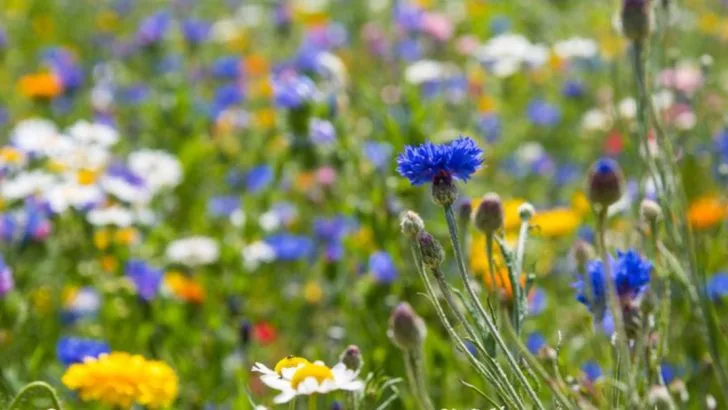Foraging may seem like a practice reserved for dense forests and untamed meadows, but it’s increasingly inspiring a new kind of home gardening—wild food gardens. Rooted in the ancient tradition of gathering what nature provides, these gardens blend edibility with ecology, offering a more sustainable and adventurous way to grow food.
From nutrient-rich wild greens like purslane and sorrel to flavorful herbs, berries, and edible flowers, wild food gardens focus on native and naturalized plants that thrive with minimal intervention. They’re not only resilient and low-maintenance, but they also reconnect us to our environment and the seasonal rhythms of nature.
Explore these 18 wild food garden ideas inspired by traditional foraging, and learn how to cultivate your own edible landscape that’s rich in flavor, nutrition, and biodiversity.
Forest Edge Garden
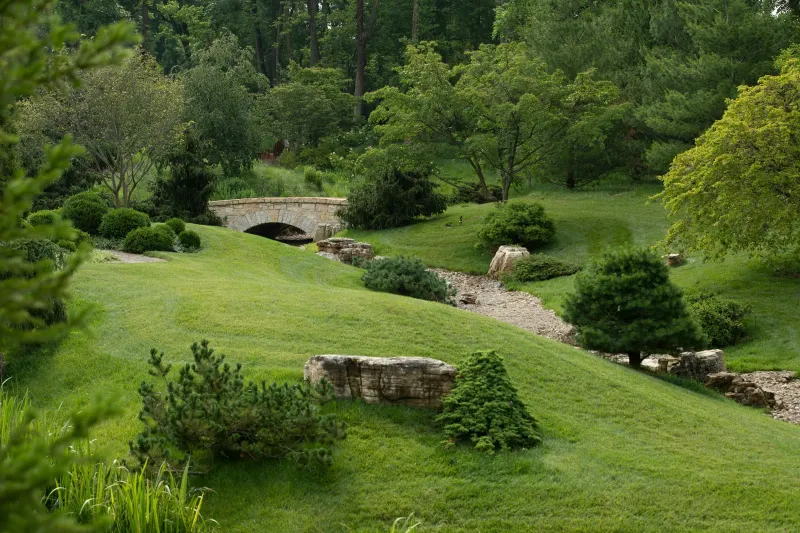
Imagine standing at the edge of a forest, surrounded by berry bushes and small trees. Forest edge gardens emulate this transition zone, where sun meets shade, providing a perfect habitat for both sun-loving and shade-tolerant plants. This garden might include blackberries, hazelnuts, and elderflowers, creating a diverse ecosystem. The juxtaposition of light and shadow encourages a variety of wildlife, including birds and beneficial insects. A forest edge garden is not just a feast for your senses but also a thriving hub of biodiversity.
Meadow Patch
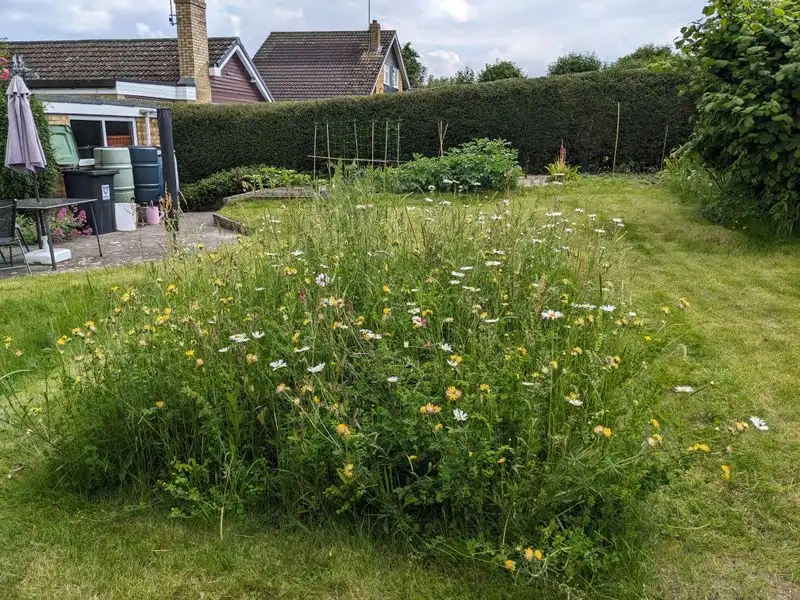
The charm of a meadow patch lies in its wild and carefree nature. Picture a patch of land brimming with wildflowers and grasses swaying in the summer breeze. This style of garden attracts pollinators like bees and butterflies, enhancing biodiversity. Meadow patches can feature native wildflowers such as poppies, daisies, and bluebells. They are not only visually appealing but also offer a low-maintenance gardening option. The gentle hum of insects adds a melodic backdrop to your outdoor space, making it a peaceful retreat.
Woodland Understory
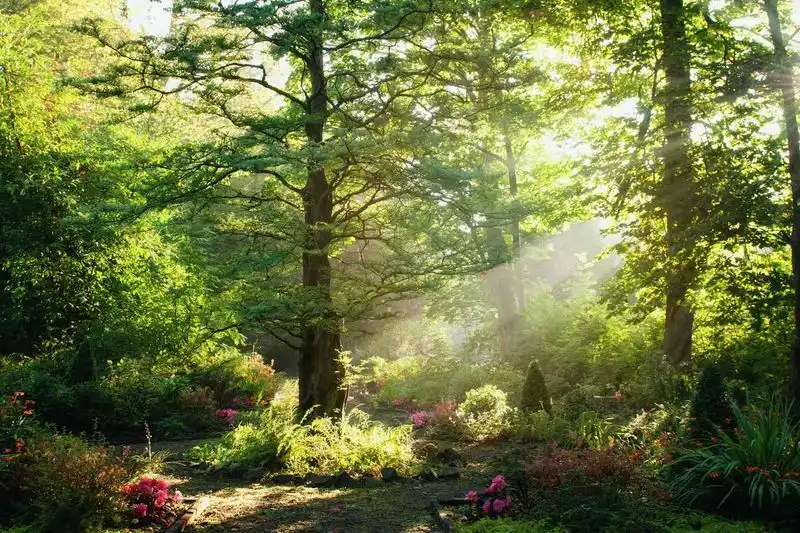
In a woodland understory garden, the tranquil beauty of a forest floor comes alive. Fiddlehead ferns, mosses, and shade-loving plants form the foundation of this serene retreat. The cool, shaded environment provides a sanctuary for woodland creatures and a respite from the summer heat. Imagine the calming effect of soft, filtered light streaming through the canopy above. This garden, with its subtle textures and shades of green, offers a meditative escape, inviting quiet reflection amidst nature’s embrace.
Edible Hedge
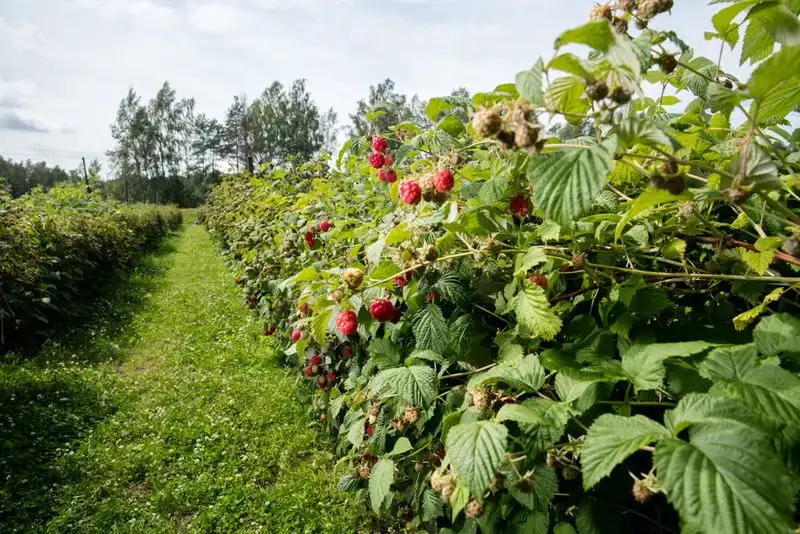
An edible hedge not only defines boundaries but also offers a bounty of flavors. Currants, gooseberries, and sloeberries transform a traditional hedge into a productive landscape feature. These shrubs provide year-round interest, from spring blossoms to autumn fruit. The hedge serves as a windbreak and habitat for wildlife, enhancing the ecological value of your garden. Imagine picking tart berries from your hedge for a fresh morning snack. It’s a delicious and functional addition to any garden.
Herbal Spiral
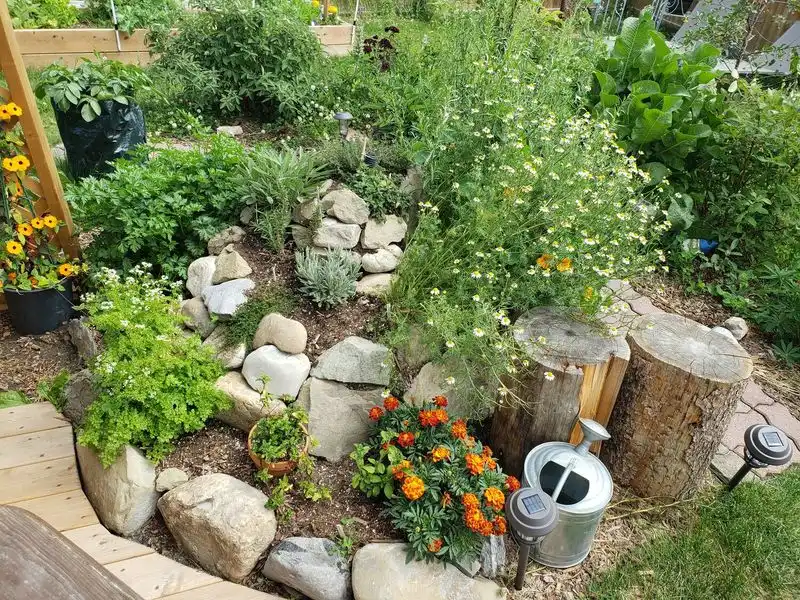
A herbal spiral is a space-saving and visually striking garden design. Stones create a spiral shape, with herbs planted in tiers. This structure allows for varied microclimates, with dry, sunny spots at the top and moist, shaded areas at the bottom. Grow rosemary, thyme, and mint, each thriving in their preferred conditions. This clever design maximizes planting space and accessibility, putting fresh herbs at your fingertips. The spiral’s form adds an artistic element to your garden, making it both functional and beautiful.
Urban Forager’s Plot
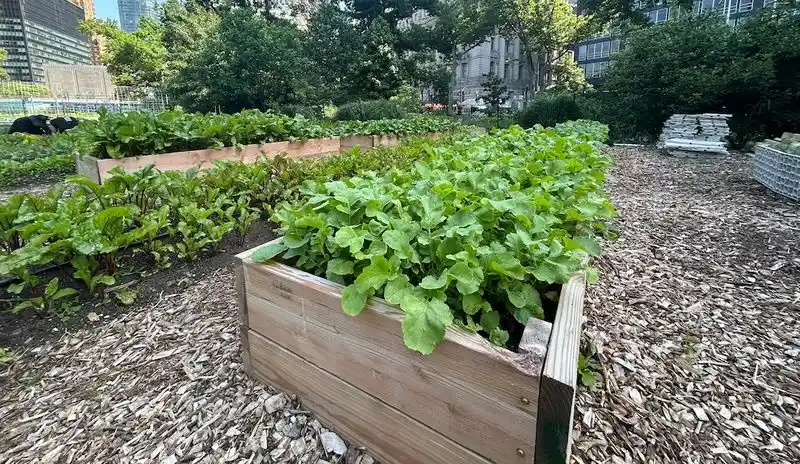
Urban foragers make the most of limited space with innovative garden plots. Raised beds, containers, and vertical planters filled with greens, tomatoes, and strawberries are common sights. This approach brings foraging practices to city dwellers, providing fresh produce right at home. Imagine plucking fresh basil from a pot on your windowsill or harvesting tomatoes from a rooftop planter. Urban foraging gardens transform concrete jungles into green havens, offering both beauty and practicality for city living.
Wildflower Corridor

Wildflower corridors create a vibrant tapestry of color and fragrance, drawing pollinators like bees and butterflies. These narrow pathways lined with native wildflowers offer a sensory rich experience. Imagine strolling through a corridor where each step releases subtle floral notes. This design not only beautifies garden paths but also enhances habitat connectivity for wildlife. Wildflower corridors serve as vital pollinator highways, supporting biodiversity and bringing dynamic color to your garden setting.
Marsh Habitat

Marsh habitats bring the rich biodiversity of wetlands into your garden. Picture a lush landscape where cattails, irises, and sedges thrive in the damp soil. These gardens attract a myriad of creatures, from frogs to dragonflies, creating a lively natural environment. The presence of water not only supports aquatic life but also enhances the garden’s aesthetic appeal. Marsh habitats are a sanctuary for wildlife, providing shelter and sustenance, and offering gardeners a peaceful, watery retreat.
Rocky Nook
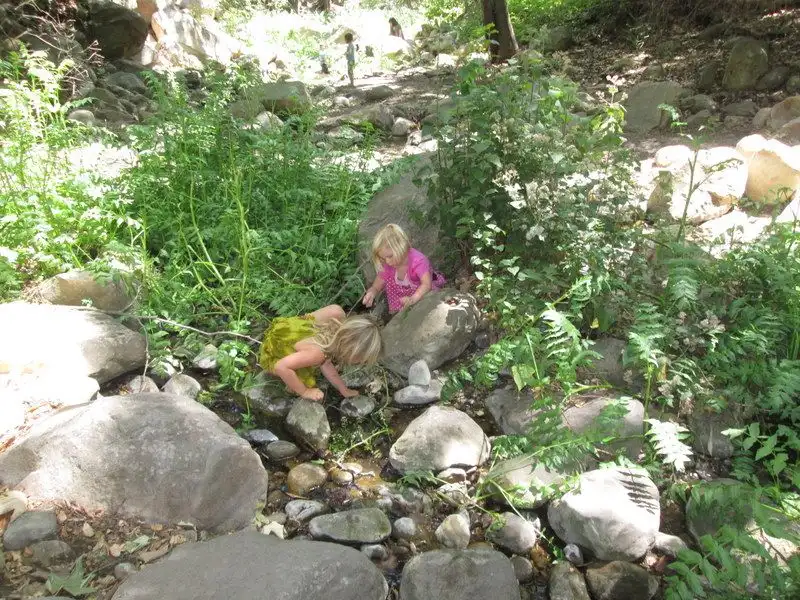
The rugged beauty of a rocky nook combines stone and plant in perfect harmony. Hardy alpine plants, succulents, and resilient herbs like thyme find their home among the rocks. This garden requires minimal watering, making it ideal for water-conscious gardeners. Imagine the textures and colors of stone and foliage contrasting beautifully under the sun. A rocky nook provides a unique, low-maintenance gardening option that showcases nature’s ability to thrive in challenging conditions.
Fungi Haven
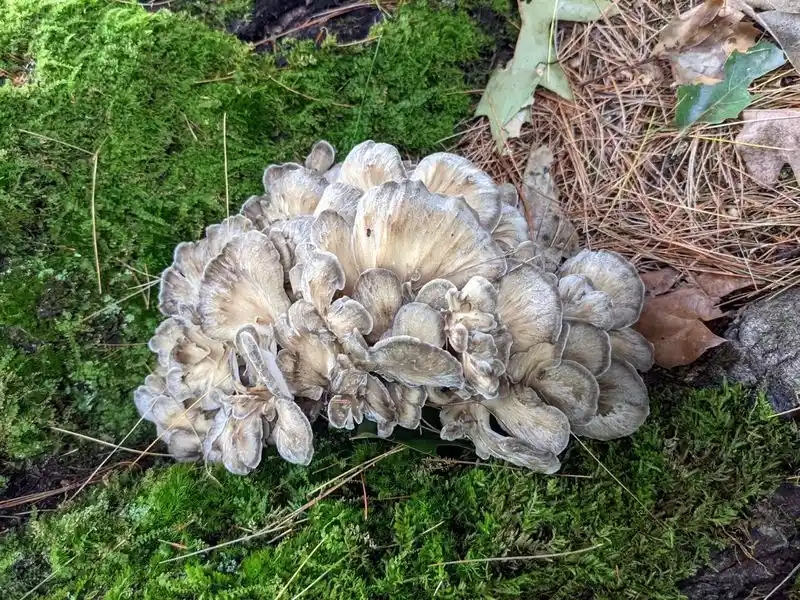
Fungi havens transform shaded garden areas into productive landscapes. Logs and mulch create the perfect environment for cultivating edible mushrooms. Shiitake, oyster, and lion’s mane mushrooms flourish in these conditions. The garden becomes a mysterious and enchanting space, with fungi emerging like hidden treasures. Fungi havens offer an intriguing way to add diversity to your garden, providing nutritious and unique culinary options. This garden captures the essence of forest floors, rich in organic matter and life.
Coastal Forager’s Retreat

Coastal forager’s retreats embrace the unique conditions of seaside environments. Salt-tolerant plants like sea kale, samphire, and saltwort thrive here, offering a garden rich in flavor and texture. This setup mirrors the resilient nature of coastal ecosystems, where plants adapt to salty air and sandy soils. Imagine savoring the taste of sea vegetables freshly picked from your garden. Coastal retreats provide a distinctive aesthetic and culinary experience inspired by the sea.
Mountain Meadow
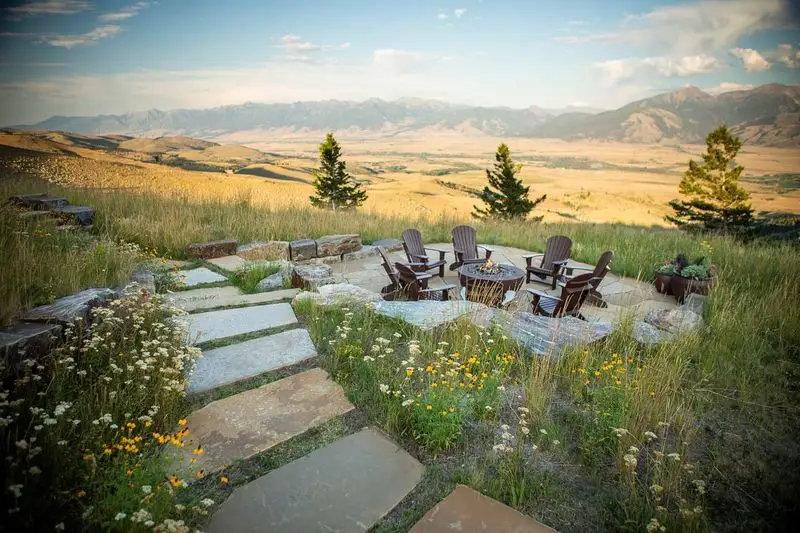
Mountain meadows bring the majestic beauty of high-altitude landscapes to your garden. Hardy grasses and wildflowers, such as edelweiss and yarrow, thrive in these conditions. This garden evokes the sense of freedom found in open mountain spaces, where the air is crisp and fresh. It provides a habitat for pollinators and a visual connection to alpine environments. Mountain meadows are perfect for gardens seeking a touch of ruggedness and the timeless allure of mountain flora.
Riverbank Oasis

Riverbank oases capture the serene beauty of riverside environments. Moisture-loving plants like willows, reeds, and irises flourish here, creating a lush, green haven. These gardens mimic the natural buffers found along riverbanks, providing erosion control and habitat for wildlife. Imagine the gentle rustle of leaves and the soft murmur of water, creating a tranquil escape. Riverbank oases offer both aesthetic beauty and ecological function, enhancing any garden space with their soothing presence.
Savanna Patch
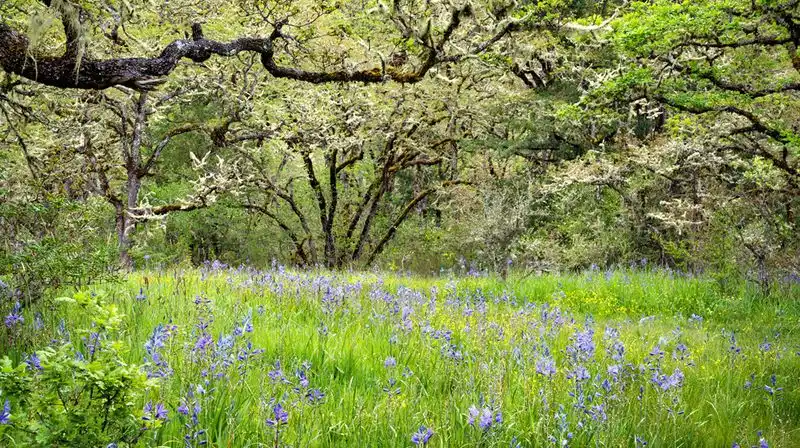
Savanna patches bring the vastness of open grasslands into your garden. Tall grasses sway gently in the breeze, interspersed with shrubs like acacia. This garden design emphasizes open space and light, creating a habitat for ground-nesting birds and other wildlife. The simplicity and openness of savanna patches evoke feelings of freedom and connectivity with nature. They offer a unique gardening experience, combining elements of wild beauty and ecological balance.
Orchard Meadow
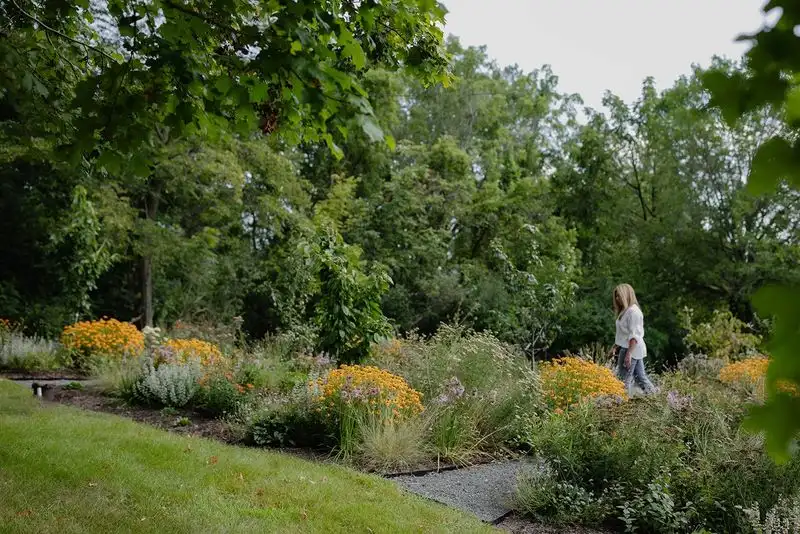
In an orchard meadow, the traditional orchard meets the wild beauty of a meadow. Fruit trees stand tall, while wildflowers carpet the ground below. This combination creates a diverse and productive ecosystem, where apples, pears, and cherries flourish alongside daisies and clover. The orchard meadow provides both visual appeal and practical yields, offering a bounty of fruit and a habitat for pollinators. Imagine picking fresh fruit while surrounded by a sea of colorful blooms.
Desert Garden
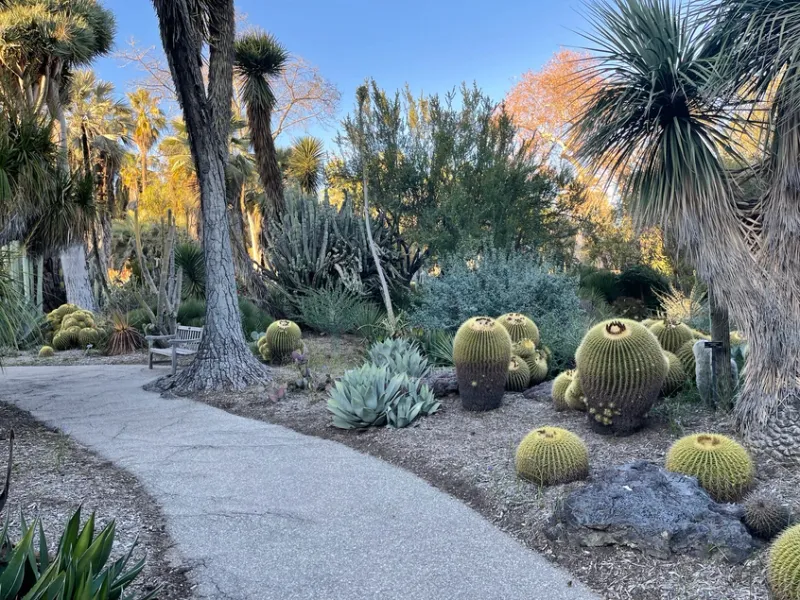
Desert gardens celebrate the stark beauty of arid regions. Cacti, succulents, and drought-resistant plants form the backbone of this garden, thriving in dry conditions. The sculptural forms of cacti create striking silhouettes against the sky, while succulents add texture and color. Desert gardens require little water, making them a sustainable choice for water-scarce areas. They showcase the resilience and adaptability of desert flora, offering a unique and captivating garden design.
Wetland Edge
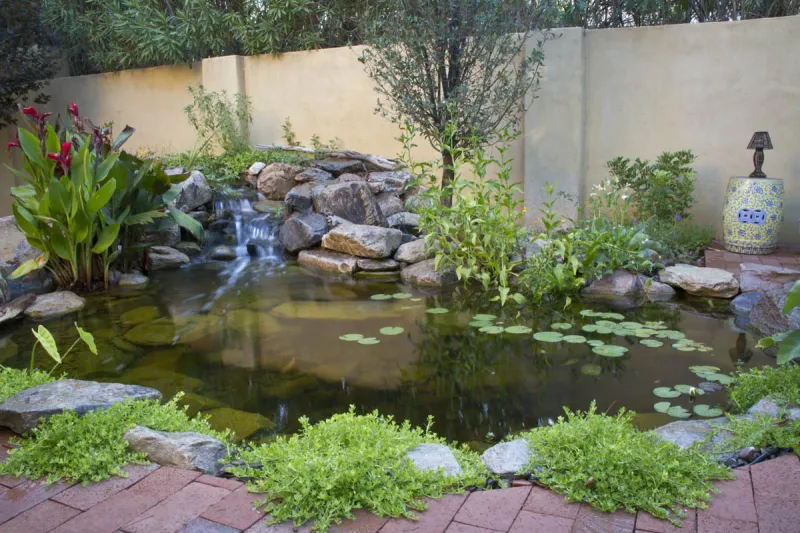
Wetland edges bridge the gap between water and land, bringing the dynamic interactions of these zones into your garden. Moisture-loving plants like rushes and sedges coexist with drier-tolerant species, creating a harmonious balance. These gardens support a range of wildlife, from amphibians to waterfowl, enriching biodiversity. The lush, green appearance and varied plant life make wetland edges visually appealing and ecologically valuable, offering a glimpse into the complex relationships found in nature.
Tundra Terrace
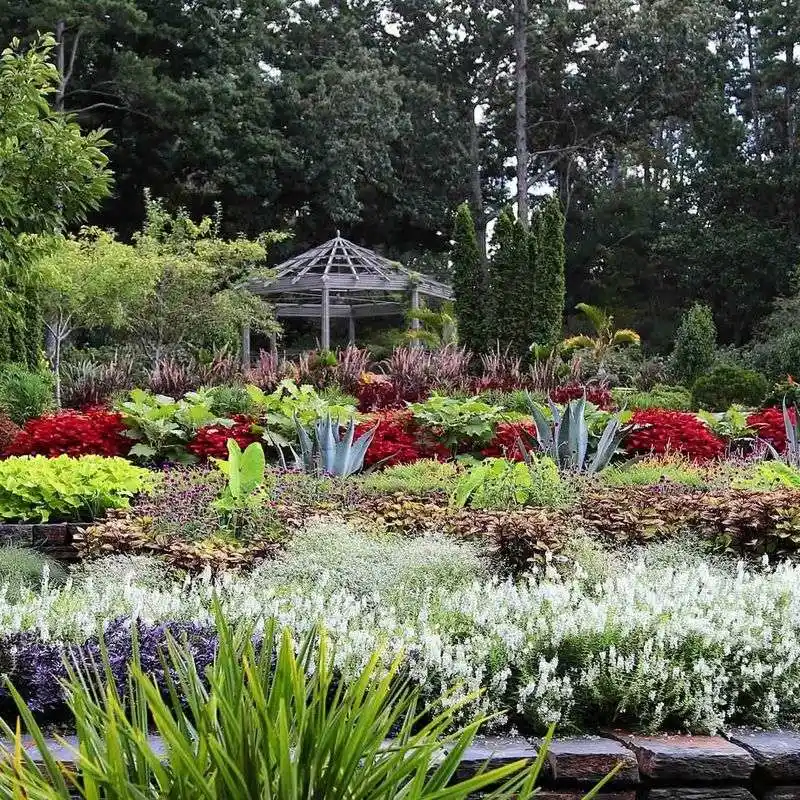
Tundra terraces embody the rugged, minimalist beauty of arctic landscapes. Hardy plants like dwarf willows and lichens dominate, offering a garden that thrives in cold climates. The muted tones and resilience of tundra flora create a unique aesthetic, where survival is key. Imagine a garden where the simplicity of plant forms highlights nature’s ingenuity. Tundra terraces invite you to appreciate the subtle beauty and adaptability of plants that flourish in extreme conditions.

